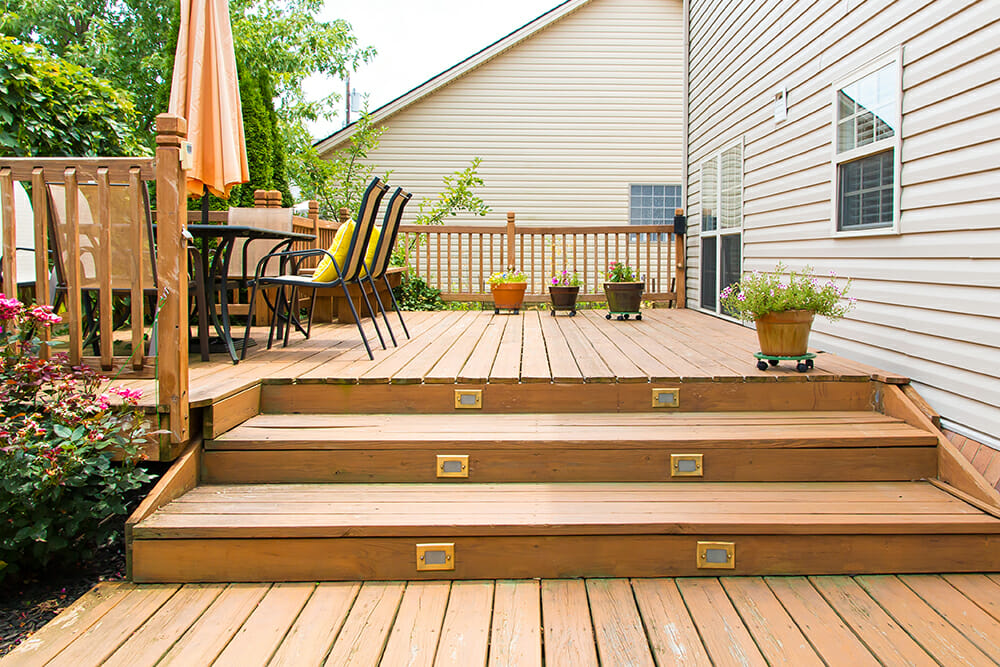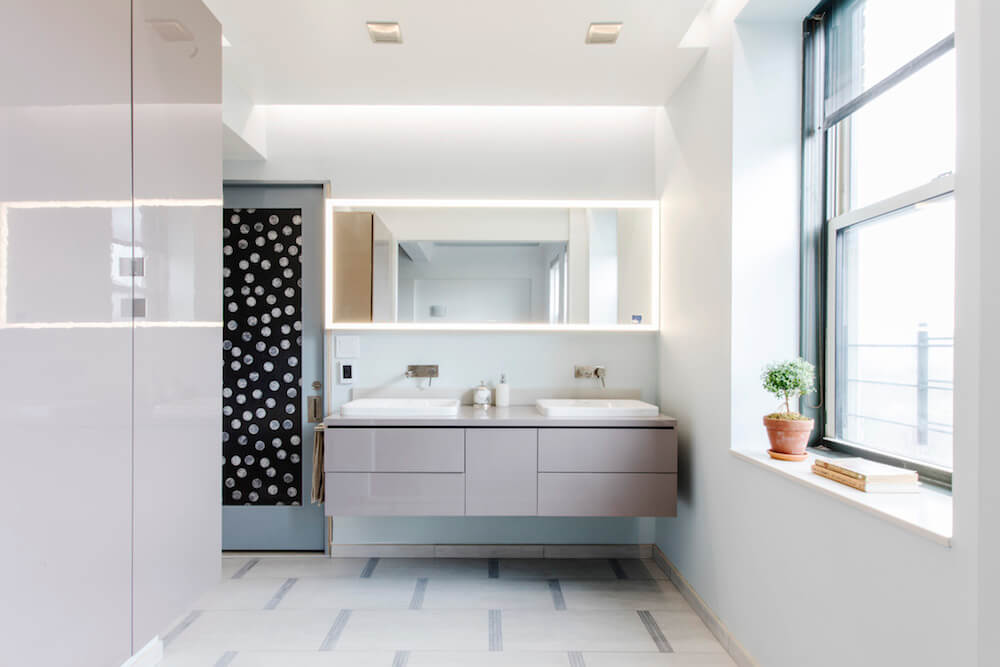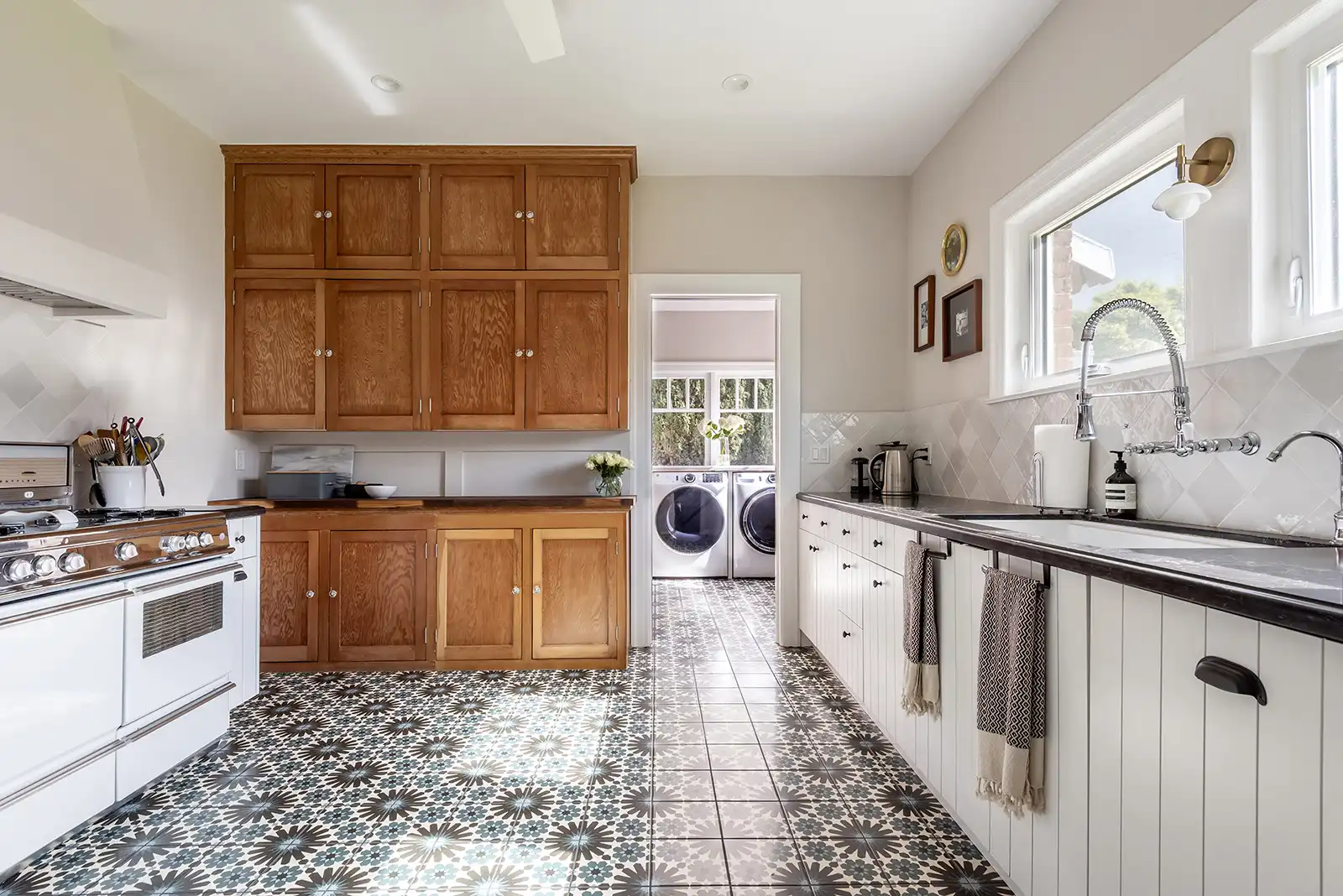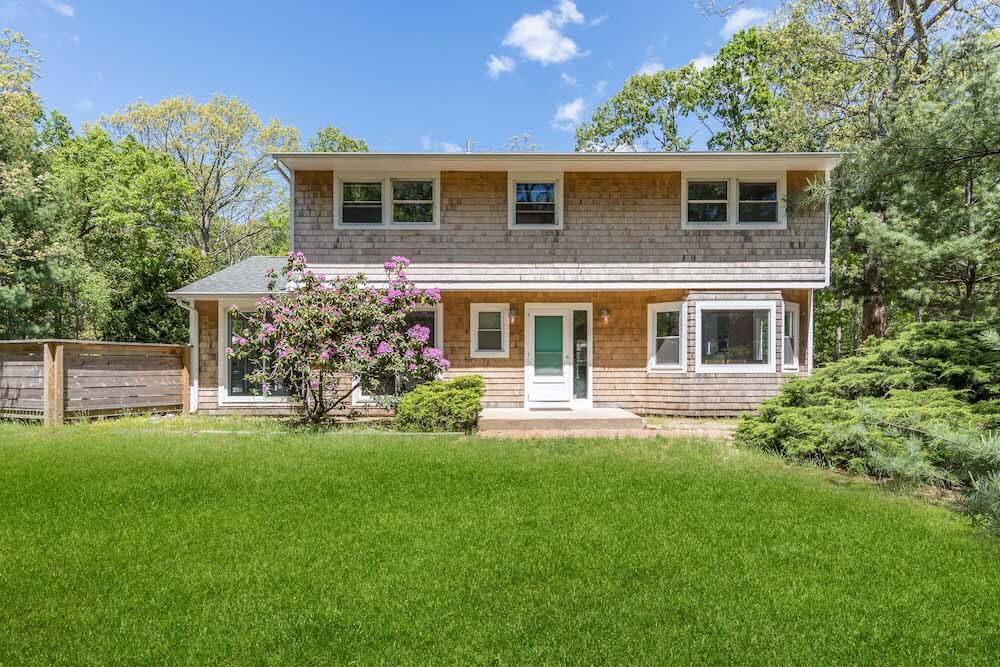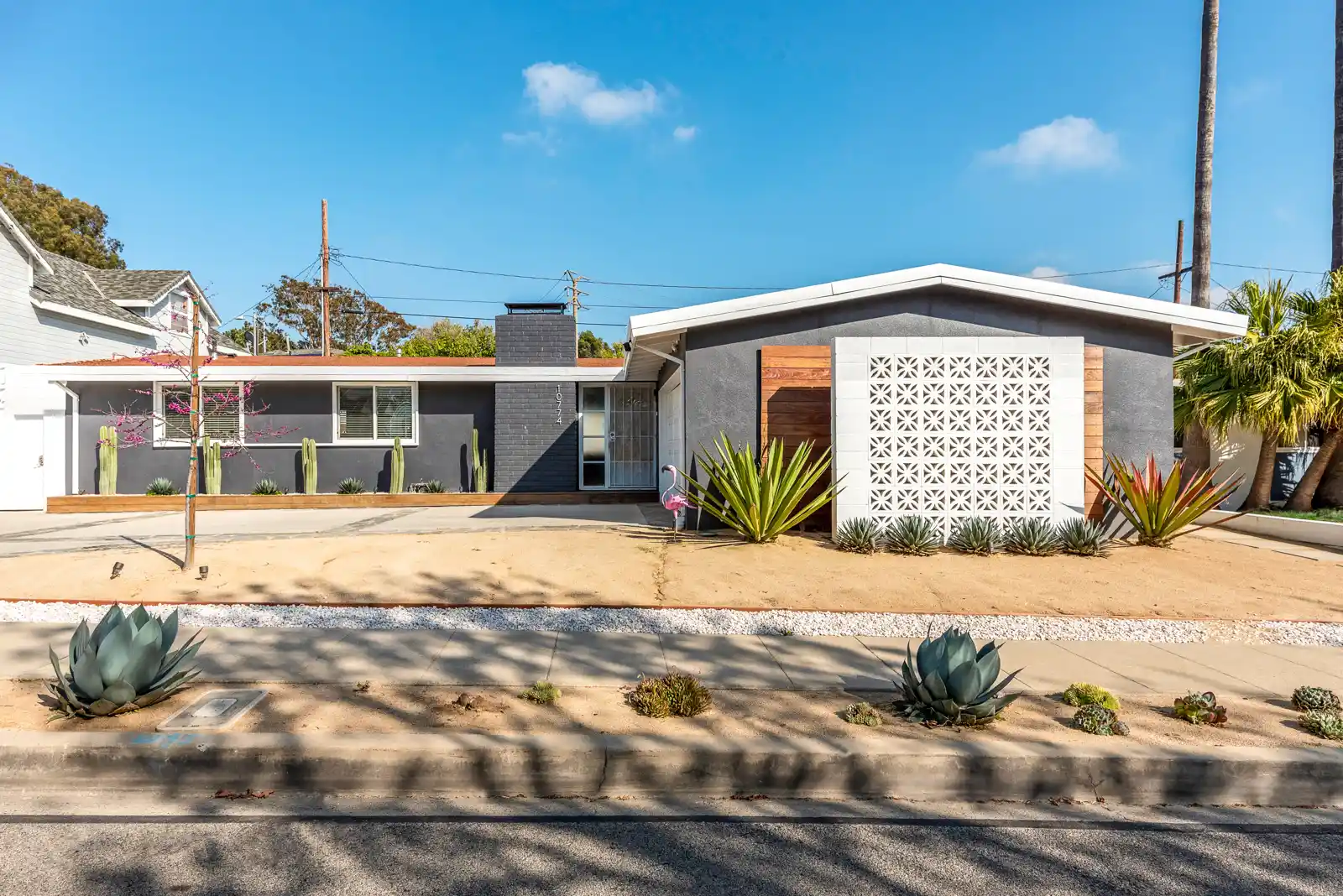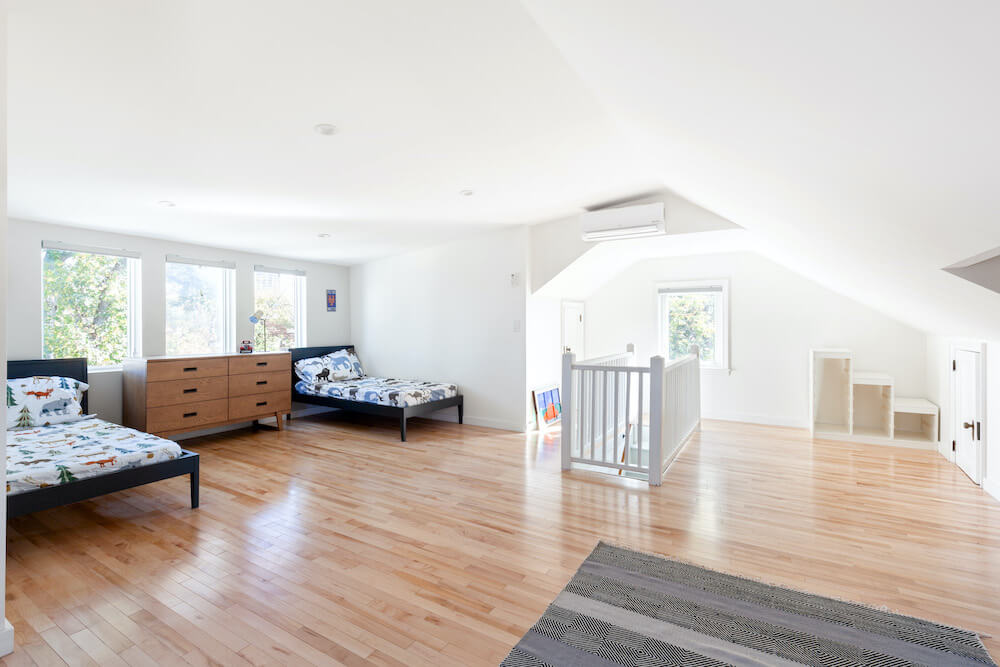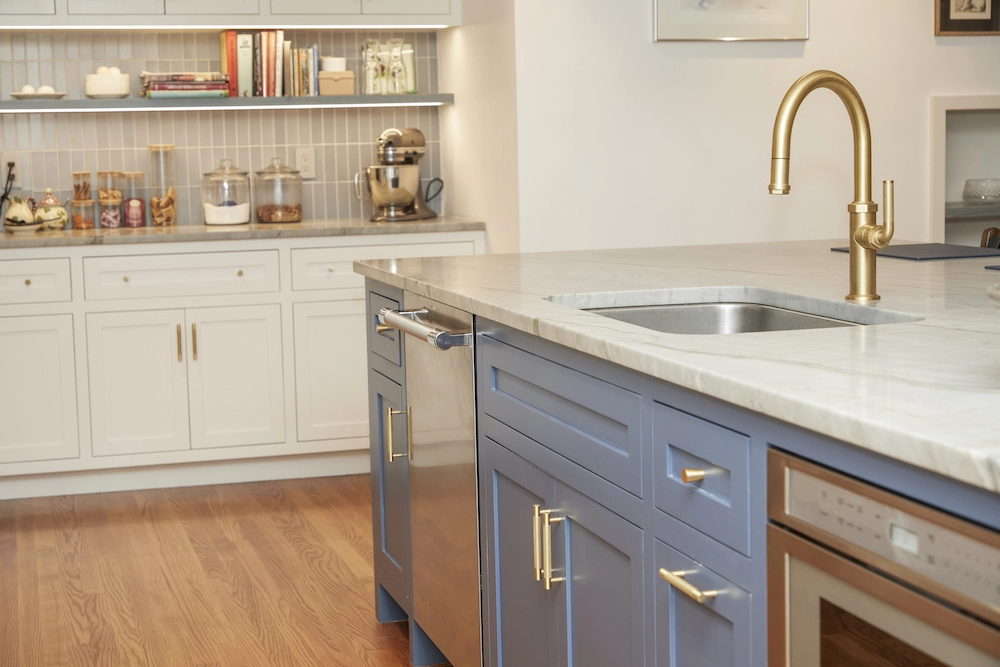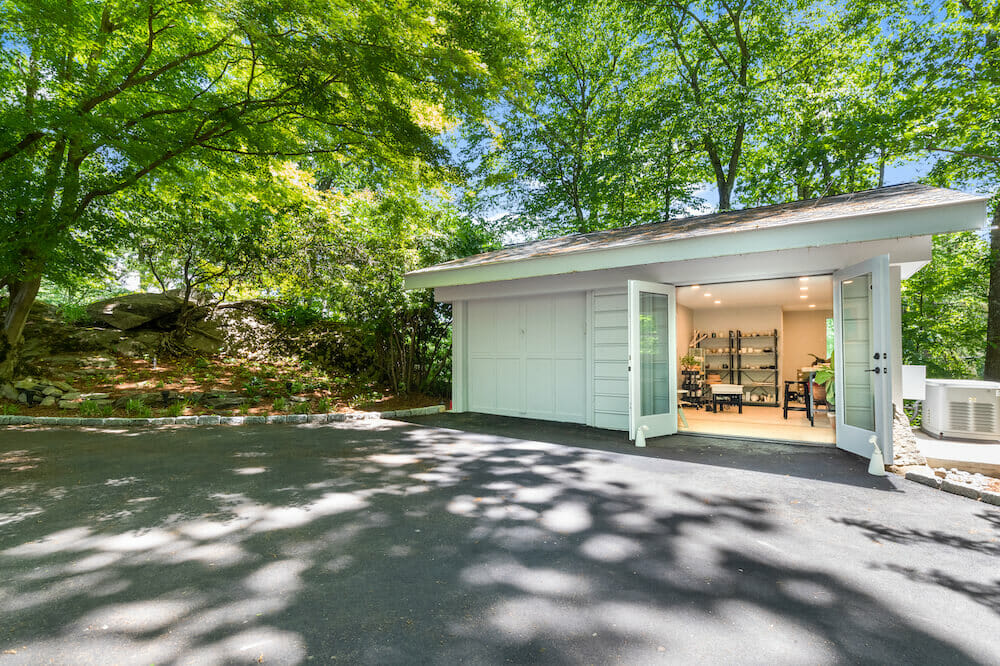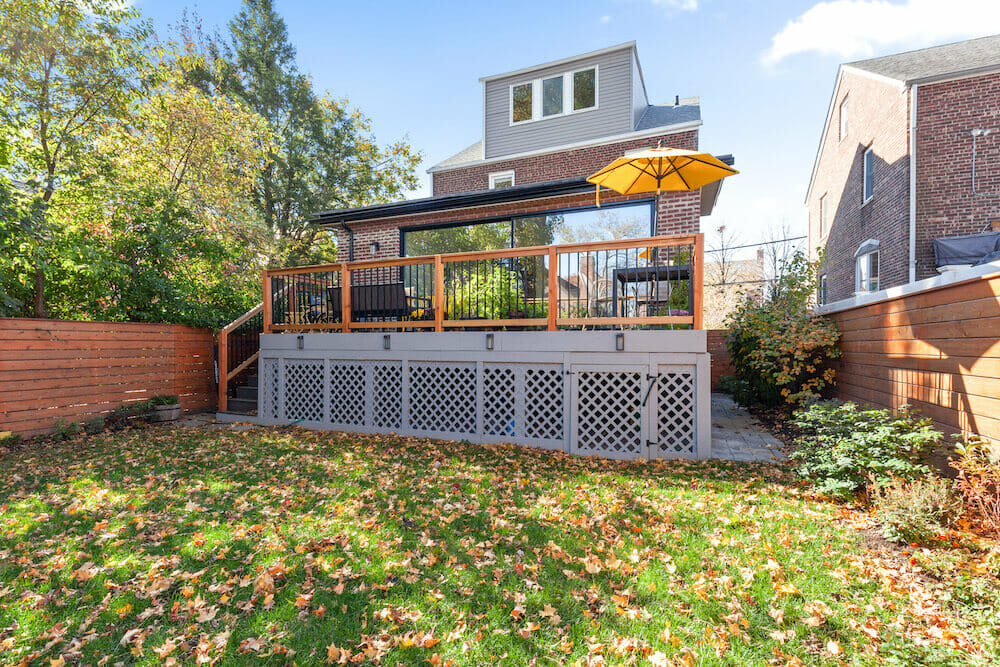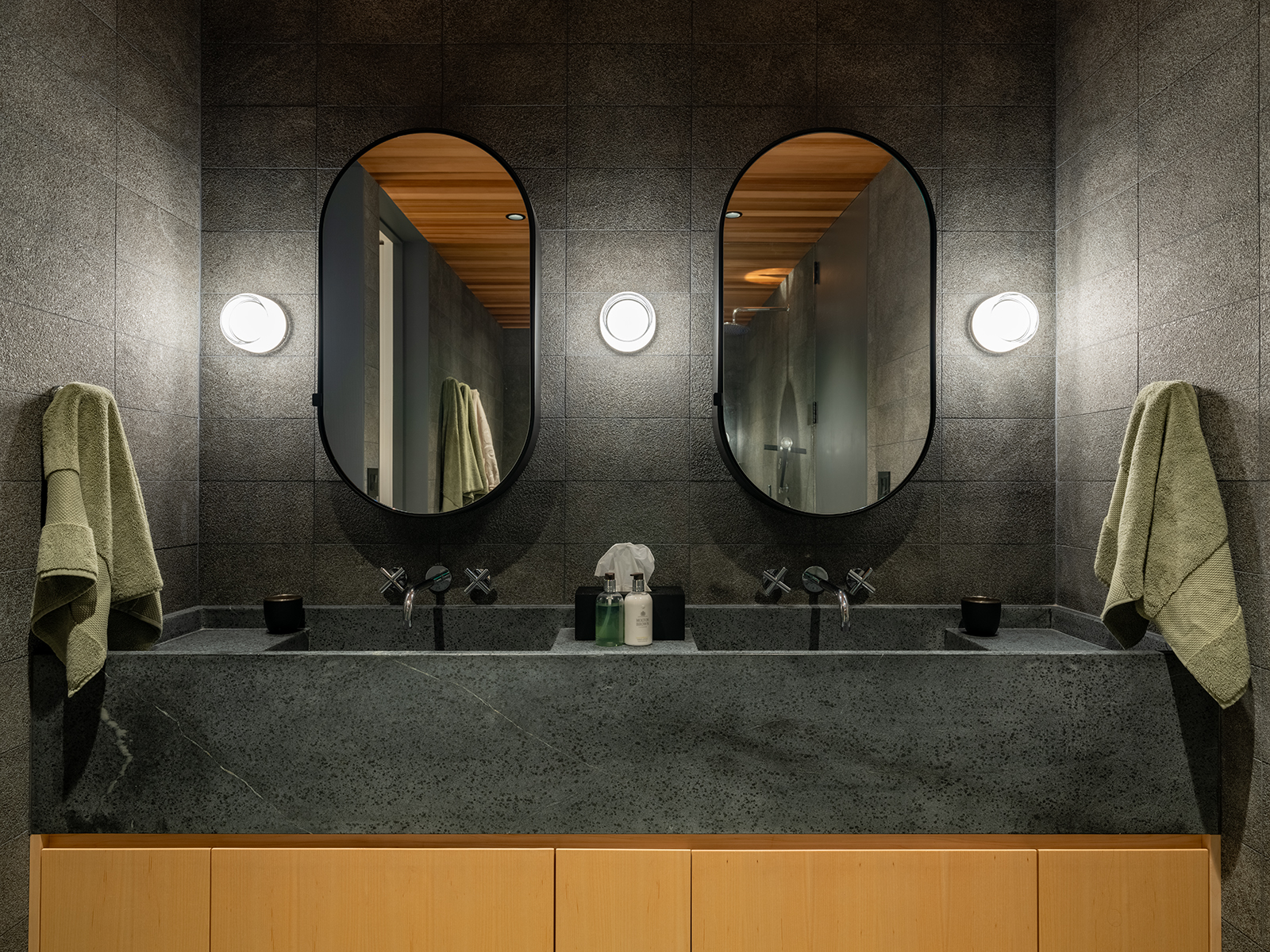A Guide to Remodeling Outdoor Spaces in Chicago
Dreaming of extending your living space to the great outdoors? Building a deck, patio, or rooftop terrace can be a fantastic way to create an inviting and functional entertaining area in Chicago. However, navigating the process and budgeting for your outdoor oasis can feel overwhelming. This Sweeten guide dives into the essential considerations for creating your dream outdoor space in the Windy City, from popular material choices to navigating permits and costs.
Homeowners have a major craving to spend time outdoors. Without leaving home, that may mean lounging on a balcony less than 20 square feet, or up to a spacious roof deck. If you’re looking to refresh your existing outdoor space or build a new one, you’ll need to know where to start before swinging a hammer. Here, we share key tips on building a roof deck and other outdoor spaces in Chicago from Sweeten contractors.
House decks and patios
Adding a deck is one of the most sought-after remodels in Chicago. And it brings one of the highest ROI (return on investment)—72 percent for wood.
The prevailing design thought is to create a flow from indoors to out. That means designing a space in sync with your home’s architecture and interior decorating style. In most Chicago homes, the main living space often is at least four feet above grade. So an ideal location for a deck is just outside a family room. French patio doors or sliders are the perfect bridge to the outdoors.
The overall deck size depends on the footage between the back of the house and the garage. Usually, that’s minimal, considering that an average city lot is 25’ x 125’. Garages are at least 20 feet deep. And steps leading outdoors eat up space. Or, you might opt for a smaller landing area at grade, with a courtyard terrace in between the house and garage. That affords some opportunities for green space—a small tree, perimeter planting, and/or containers. “With a fixed amount of land,” said Chicago-based Sweeten contractor David, “you have to make the most of what you have.”
Older single-family homes, like those in the northern fringes of the city, enjoy more sizeable backyards. Some have deeper lot sizes, while others may have side lots. Victorian houses often have porches, some that even wrap around. Patios are especially desirable, as they especially suit entertaining and grilling. Some of them are quite spacious.
At Sweeten, we’re experts at all things general contractors — we pre-screen them for our network, carefully select the best ones for your remodeling project, and work closely with hundreds of general contractors every day. So, we’ve tapped our internal expertise to bring you this guide.
Outdoor space materials
Some options for patio materials include brick pavers and stone (bluestone is especially popular). Porcelain is gaining traction because there’s a wide variety of lookalikes including slate, stone, concrete, and wood. Concrete offers different looks, too: staining or painting in colors and stamping, which can mimic flagstones. Synthetic composite polymer decking is another popular choice.
For outdoor deck spaces, some designers like to continue the look of flooring inside to out. Wide plank hardwood, for example, can transition to a synthetic decking in a similar shade. Porcelain plank options resembling wood are authentic even down to the feeling of a grain.
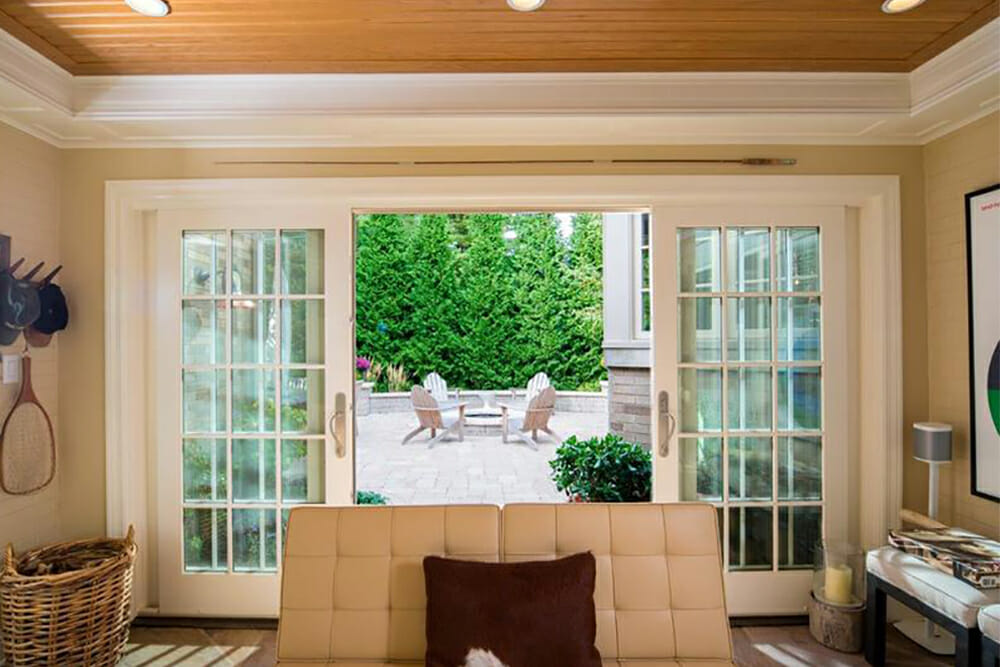
Renovate to live, Sweeten to thrive!
Sweeten brings homeowners an exceptional renovation experience by personally matching trusted general contractors to your project, while offering expert guidance and support—at no cost to you.
Another outdoor material option is wood, like teak, the Brazilian ipe, or South American cumaru. Sweeten contractor David is a fan. Ipe is a very dense wood that will not decay, and is resistant to termites, mold, and mildew.
“It’s a little more expensive,” he said, “but it doesn’t rot and has fire ratings better than steel.” For roof decks, he has installed cumaru as a 20” x 20” tile. Tiles pre-drilled to fit tile connectors allow draining and picking up sections for repairs, like leaks on the roof. “That’s the beauty of it,” he said.
Urban decks
Roof decks are particularly tricky outdoor Chicago spaces and there are city codes that must be implemented. For one, a garage with a roof deck requires a full foundation. That expenditure is between $12,000 and $19,000 for concrete alone for a typical 22’ x 24’ foot two-car garage.
“If you go within two feet of an adjacent building, the material has to have a one-hour fire rating. That’s two thicknesses of drywall before you get to the siding,” said David. “Also, a three-foot parapet wall is code. So is a membrane for the roof and a scupper, so water can drain off.”
In addition, if you have a grill, you need a fireproof landing. Slightly pitching the roof helps drainage. Contractors often coordinate with landscapers, who can create a system of planters with integrated irrigation. Most decks these days have built-in electrical outlets. They cover not only lighting but charging laptops, and phones, or even installing ceiling fans in pergola-like structures.
Building a deck requires a permit. But it’s easier and takes less time to get than a typical building permit. Sweeten contractor David also has built porches on several levels at the back of homes. “We did one that was only about 7 x 8 feet, a third-floor walkout right off of the bedroom,” David described. “It had a roof, with sides open. They’re putting in a two-person hot tub. “
City outdoor living
Todd Haley, principal of the design firm, tmh, in Chicago, does most of his work in city highrise condos with balconies or private terraces. He has done outdoor kitchens, with grills, under-counter refrigerators, and wine coolers, with custom teak or ipe cabinets. One favorite quartz countertop wrapped around the ends in waterfall style—“a very clean look.” It’s applied over waterproof fiberboard as a substrate.
“The big difference between doing something in the city versus the ‘burbs is that it’s like designing a yacht,” said Todd “Every inch matters. In the suburbs, there’s more room to play around.”
“Also, if you want to build a pergola, for example, you have to go through the HOA (Homeowners Association), get your plan approved per condo rules,” he said. ‘That might be a lengthy process.”
Todd changes up paving materials according to the location. On balconies, he usually uses painted concrete slabs; on terraces, wood plank flooring “floating above the slab for drainage.”
Fence aesthetic
For Sweeten contractor David, aesthetics are most important, and he doesn’t like additions to look tacked on. He always is sympathetic to architectural style. With fences, for example, he sees an opportunity to look at them as sculptures. “In wood-frame homes, I like (fences) to be more like a wall, to look like the house.” From that starting point, he said, you can create the hard spaces.
Connecting a home to an outdoor space
That sometimes is challenging when homeowners want a more direct connection to a roof deck. “In one location, we’re building a bridge from the second-floor back porch directly to the garage,” said David. “That also adds a degree of security so nobody can just walk up to the deck.”
The general contractor also likes to create more gracious back entries. “Typically, we build a roof—not a flat roof, but one that complements the style of the house,” he explained. It also shelters from the elements “so you can stand there and not get soaked when it’s raining.”
Building wide stairs
The other consideration is scale. A three-foot-wide set of stairs is hard to navigate with two bags of groceries, let alone kids. They are usually constructed five feet wide, ideally seven. It’s more welcoming, too. “On the landing, it maybe didn’t start out as a deck,” said David, “but because of the better scale, it’s more inviting. And you can put out some chairs, sit and have a drink.” Plus the shelter provides a comfortable spot without direct sunlight.
“Consider the architectural style of the house when you build exterior spaces,” David said. “You can look at the space 10 to 15 years later and say, ‘Those were good choices.’ “
Investing in an outdoor space in Chicago increases the value of your home while expanding the footprint of your living accommodations. And the level of enjoying nature? Immeasurable. We can connect you with a select group of experienced general contractors familiar with your neighborhood. Post your project to get started.
—
We can help you plan your renovation
Find endless home renovation inspiration, detailed guides, and practical cost breakdowns from our blogs. You can also post your project on Sweeten today and get matched with our vetted general contractors and get estimates for free!
The local climate will determine the best material for a deck. Pressure-treated pine hardwood, non-treated wood, composite, PVC, and vinyl are top decking material picks across all climates. Pressure-treated pine hardwood and vinyl are the cheapest options, at roughly $1.50 and $3 per square foot (psf) each. PVC and composite are more costly, at $4 and $5 psf. Non-treated wood runs from $4 psf for cedar, to $6 psf for redwood and $8 psf for ipe.
